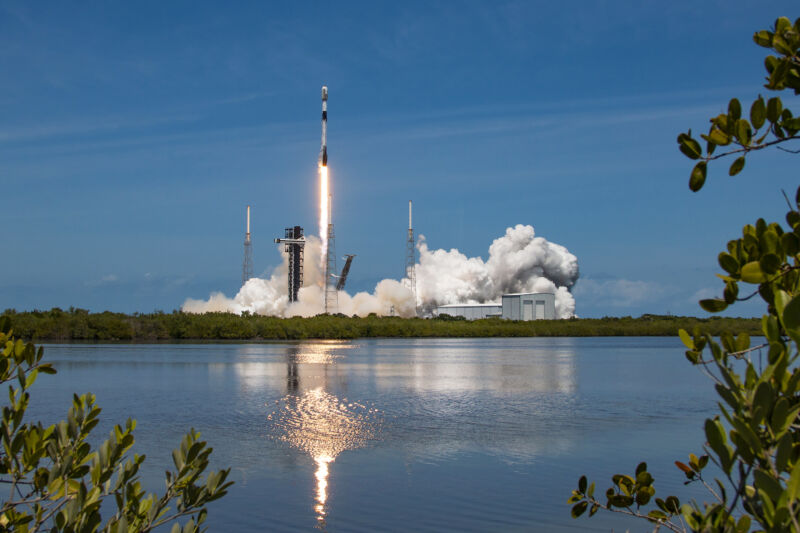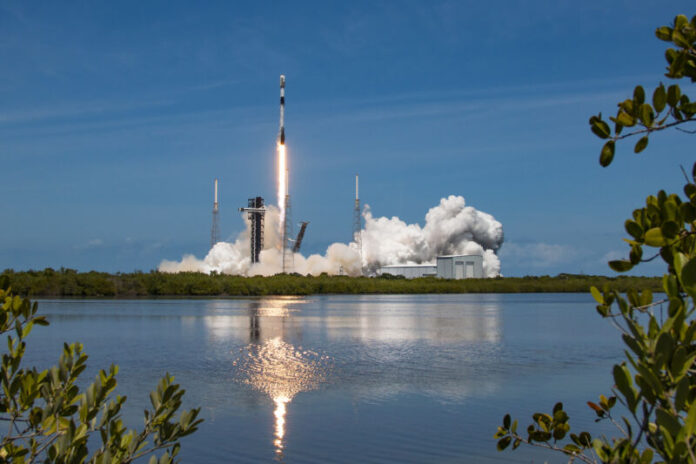
Enlarge / File photo of a Falcon 9 launch on May 6 from Cape Canaveral Space Force Station, Florida. (credit: SpaceX)
It was only about 10 days ago that the Falcon 9 rocket's upper stage failed in flight, preventing the rocket from delivering its 20 Starlink satellites into a proper orbit. Because they were released lower than expected—about 135 km above the Earth's surface and subject to atmospheric drag—these satellites ultimately reentered the planet's atmosphere and burnt up.
Typically, after a launch failure, a rocket will be sidelined for months while engineers and technicians comb over the available data and debris to identify a cause, perform tests, and institute a fix.
However, according to multiple sources, SpaceX was ready to launch the Falcon 9 rocket as soon as late last week. Currently, the company has a launch opportunity for no earlier than 12:14 am ET (04:14 UTC) on Wednesday for its Starlink 10-4 mission.
Read 8 remaining paragraphs | Comments
Ars Technica - All contentContinue reading/original-link]




